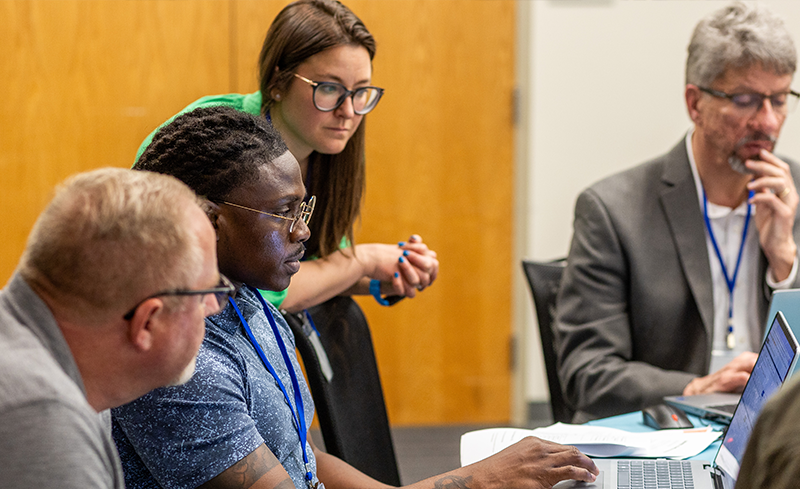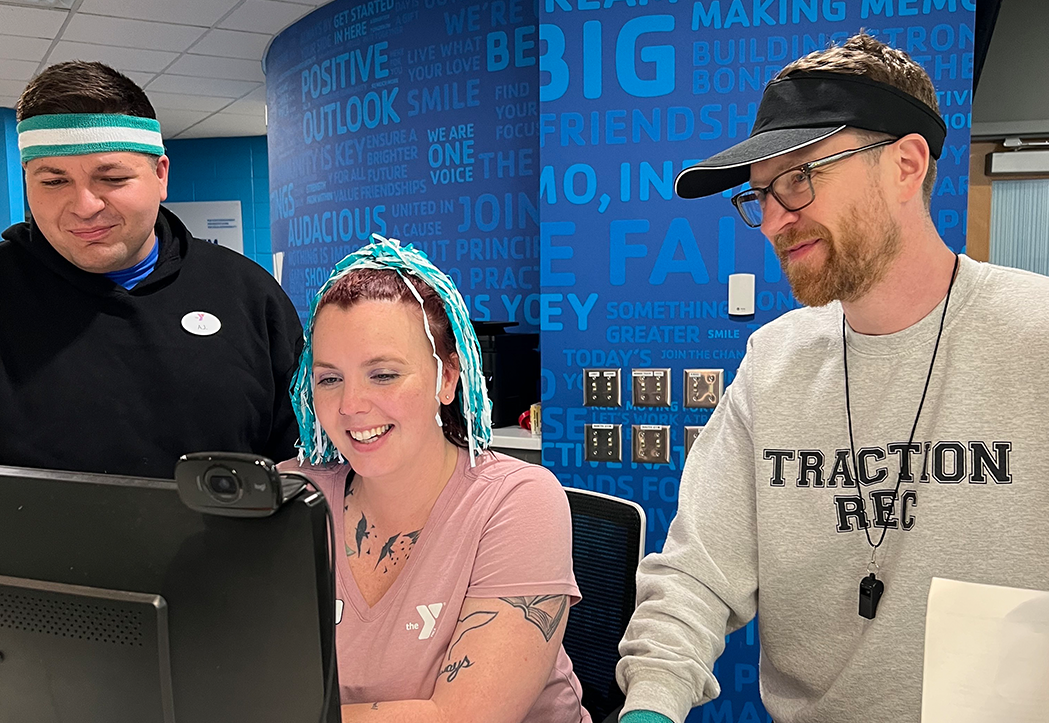For many nonprofit and community executives, the choice of whether to replace a CRM or member management system gets postponed year after year. Budgets are tight. Staff are stretched thin. And on the surface, the current system “works well enough.”
But what looks safe often hides your biggest financial and mission risks. Doing nothing doesn’t just cost money. It can cost opportunity, growth, and the confidence of your board and community.
The hidden costs of “good enough”
When a system is outdated, the expense isn’t always obvious. Instead, it’s scattered across the organization:
- Labor inefficiency: Staff spend hours reconciling spreadsheets or validating reports they don’t trust. Across a mid-sized YMCA, this can add up to the equivalent of 1–2 full-time salaries every year.
- Data fragmentation: Membership, child care, and fundraising teams operate in silos, duplicating work and missing insights that could drive growth.
- Leadership blind spots: When reports take days to prepare, executives are left without timely information to guide decisions or present to boards.
As one YMCA executive put it: “We had staff spending an entire day validating reports because we didn’t trust the system.” Multiply that by 50 weeks a year, across dozens of staff, and the hidden labor cost becomes staggering.
“We had staff spending an entire day validating reports because we didn’t trust the system.”
The “surprise” fees you don’t see coming
Outdated systems don’t just slow you down, they also nickel and dime your budget. Transaction fees, revenue-based fees, add-on modules, unexpected service charges… they all creep in.
Individually, they may look small. But over the course of a year (or three years) these costs often surpass what you thought you were paying, and can even add up to more than the CRM you originally thought was too expensive.
"Every year we’d see new fees pop up, and we never really accounted for how much they compounded over time. The system we thought was cheaper turned out to be the most expensive one."
The cost of inaction vs. the value of change
When leaders delay CRM transformation, they don’t just accept inefficiencies, they lose opportunities for growth. Consider what’s at stake:
- Staff efficiency: Hours reclaimed from manual work translate directly into time for mission delivery.
- Revenue growth: Streamlined membership onboarding, self-service registration, and smarter fundraising can increase revenue and retention.
- Data confidence: Real-time reporting enables sharper decision making, better board conversations, and stronger outcomes.
The YMCA of Delaware reported saving $500,000 annually after moving to a modern CRM, while also improving staff capacity and member experience. That’s not a technology upgrade. That’s a huge organizational transformation.
“Future. We did this for our future.”
Future-proofing your mission
Doing nothing may feel safe, but it’s actually the riskiest move. Systems that “sort of” work today will only grow more costly, fragile, and frustrating tomorrow. Meanwhile, your staff and community are left waiting for the level of service they deserve.
Linda Deane, SVP and CIO of Old Colony YMCA, put it simply: “Future. We did this for our future.” For her team, the driving force behind change was preparing for what’s ahead — ensuring they can serve their communities at the highest level for years to come.
Food for thought: Are you ready?
If you’re on the fence about change, start by asking:
- What is our current CRM really costing us — in time, fees, and lost opportunities?
- How much longer can we afford to wait?
You don’t need all the answers today. But you can start with a clear-eyed assessment. Download our free CRM Readiness Toolkit to explore the hidden costs, ask the right vendor questions, and build a realistic timeline for change. Because sometimes, the most expensive decision is doing nothing at all.

























